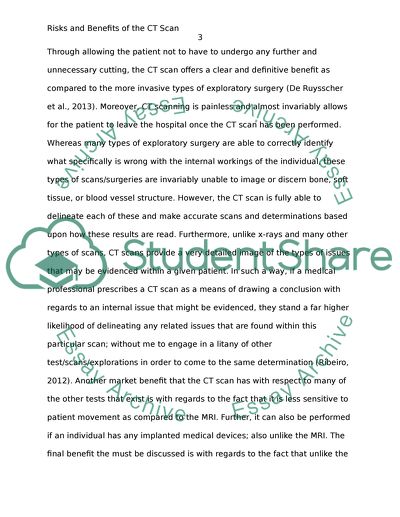Cite this document
(“What are the risks and the benefits of the CT scan Research Paper”, n.d.)
What are the risks and the benefits of the CT scan Research Paper. Retrieved from https://studentshare.org/health-sciences-medicine/1487200-what-are-the-risks-and-the-benefits-of-the-ct
What are the risks and the benefits of the CT scan Research Paper. Retrieved from https://studentshare.org/health-sciences-medicine/1487200-what-are-the-risks-and-the-benefits-of-the-ct
(What Are the Risks and the Benefits of the CT Scan Research Paper)
What Are the Risks and the Benefits of the CT Scan Research Paper. https://studentshare.org/health-sciences-medicine/1487200-what-are-the-risks-and-the-benefits-of-the-ct.
What Are the Risks and the Benefits of the CT Scan Research Paper. https://studentshare.org/health-sciences-medicine/1487200-what-are-the-risks-and-the-benefits-of-the-ct.
“What Are the Risks and the Benefits of the CT Scan Research Paper”, n.d. https://studentshare.org/health-sciences-medicine/1487200-what-are-the-risks-and-the-benefits-of-the-ct.


